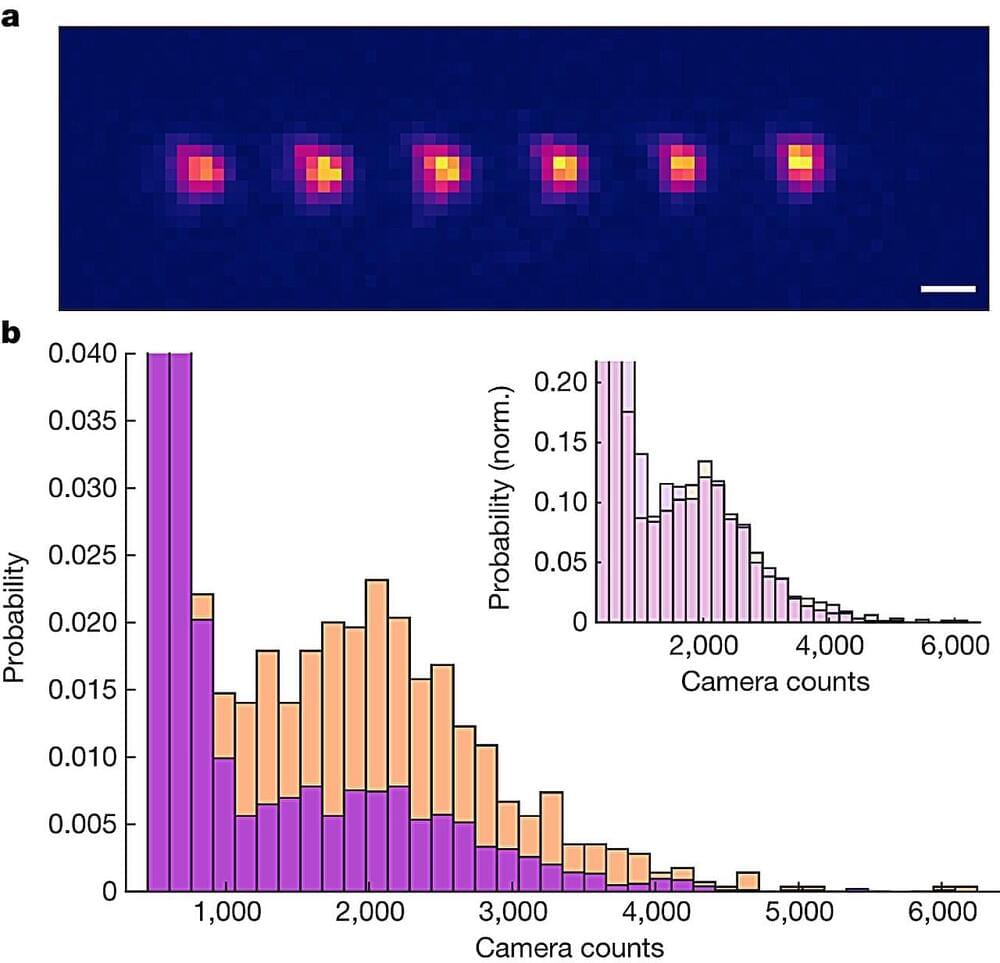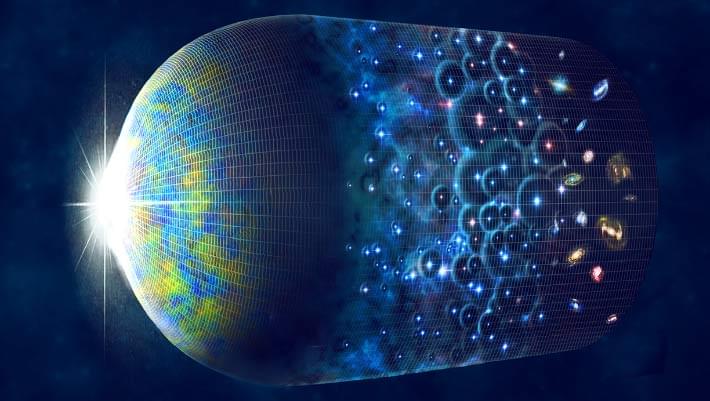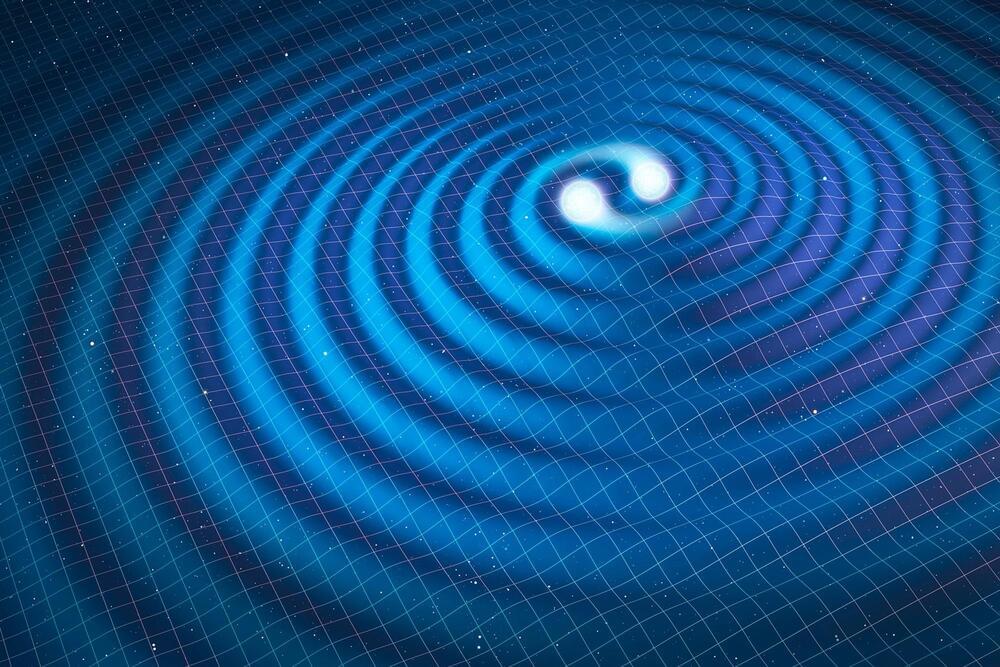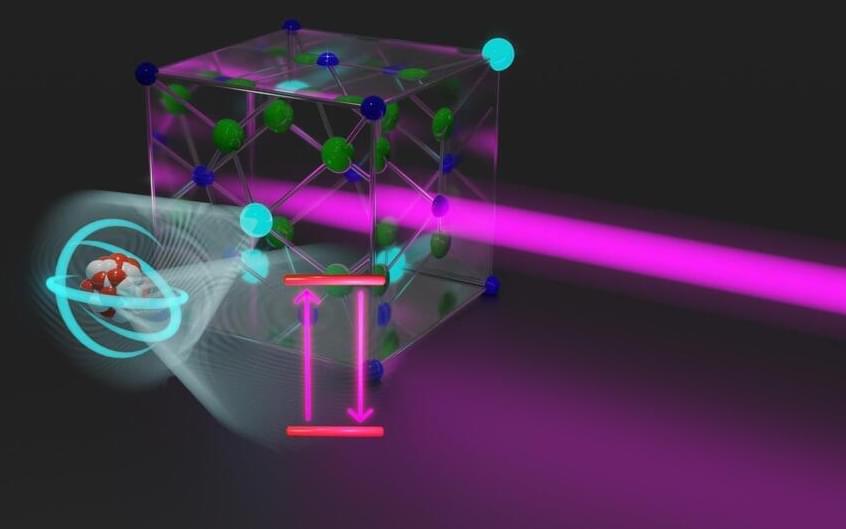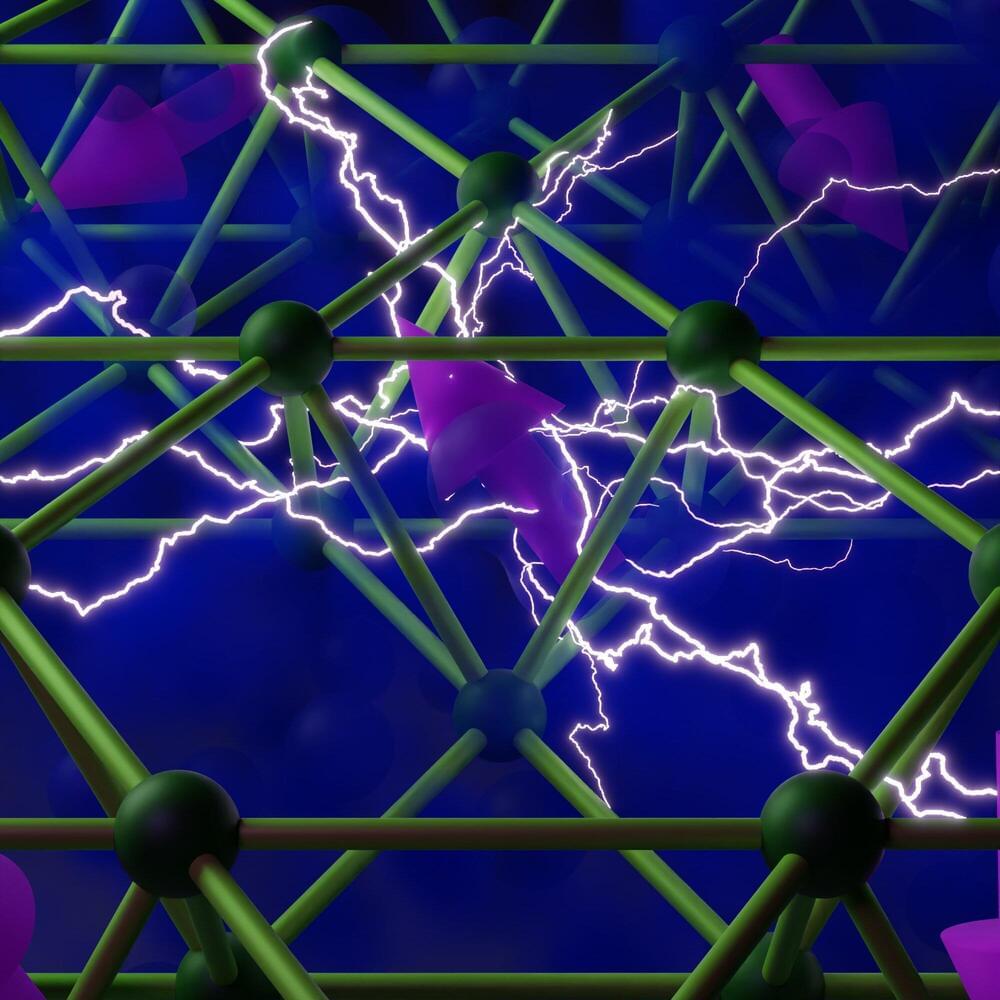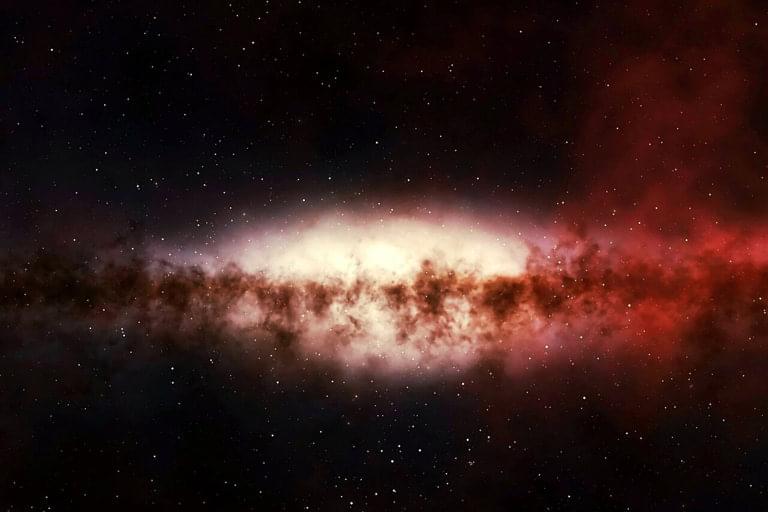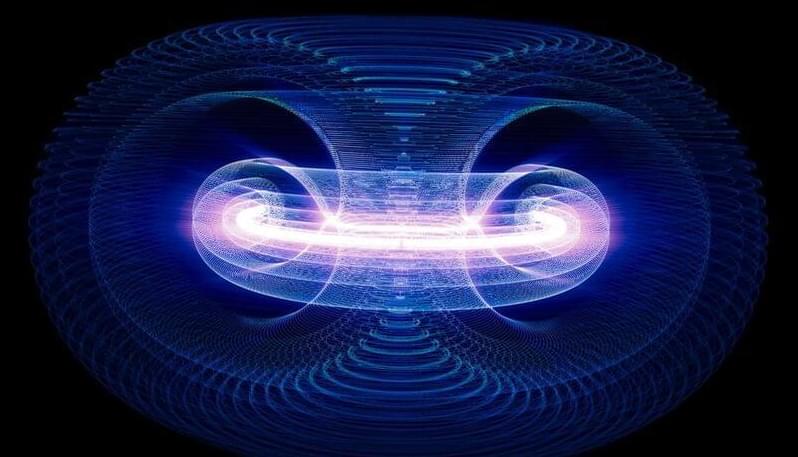May 3, 2024
Einstein Challenged: Exploring the “Cosmic Glitch” in Gravity
Posted by Dan Breeden in categories: physics, space
Moving one step closer to understanding mysteries at the edge of the universe.
A group of researchers at the University of Waterloo and the University of British Columbia have discovered a potential “cosmic glitch” in the universe’s gravity, explaining its strange behavior on a cosmic scale.
For the last 100 years, physicists have relied upon Albert Einstein’s theory of “general relativity” to explain how gravity works throughout the universe. General relativity, proven accurate by countless tests and observations, suggests that gravity impacts not simply three physical dimensions but also a fourth dimension: time.

